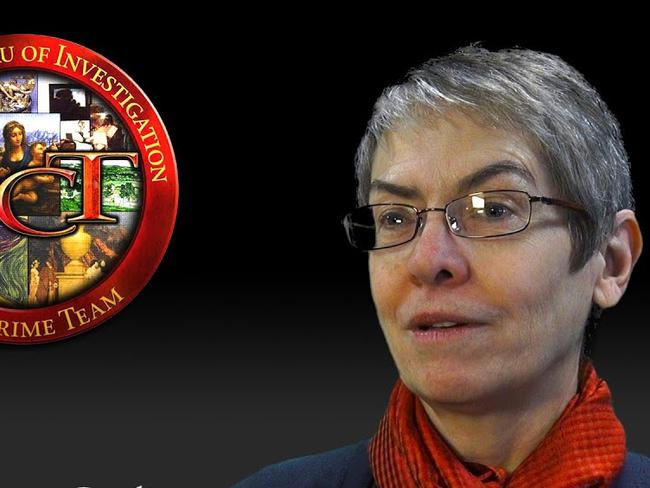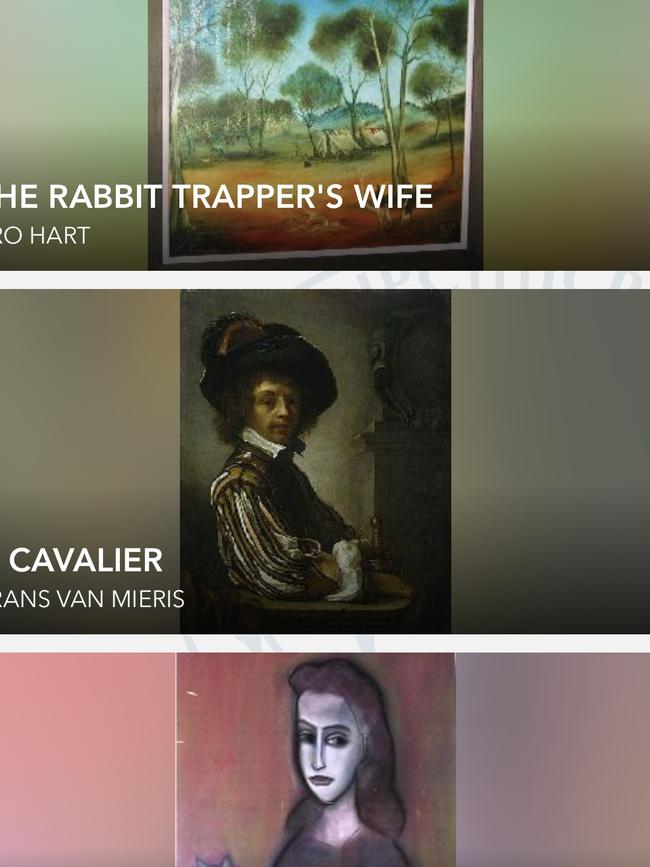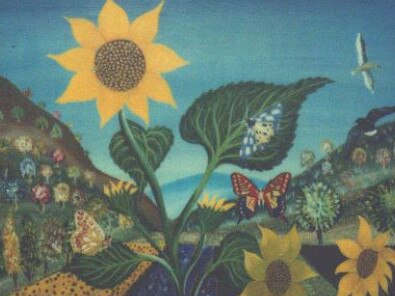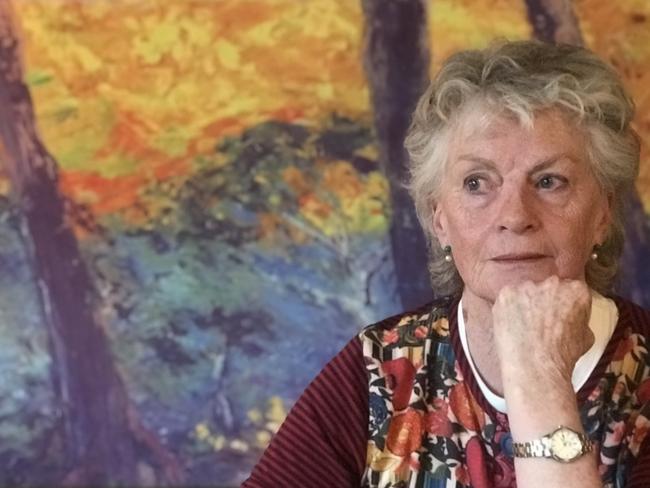Art off laundering money one of Australia’s fast growing crimes
Bikies, terrorists and even the mafia have turned to a new form of crime – art theft. Find out the brazen way they’re doing it.
True Crime
Don't miss out on the headlines from True Crime. Followed categories will be added to My News.
Exclusive: Bikies, terrorists and even the mafia have turned to a new form of crime to wash their dirty money and avoid police scrutiny – art theft.
The little-known felony is one of Australia’s fast growing crimes and has been identified by the FBI and the United Nations as one of the most lucrative globally, after drugs and weapons trafficking.

Art experts say the theft of one well-known painting, even when sold for a fraction of their value, can bring way more money than a string of burglaries.
But the crime is slipping under the radar of law enforcement. Most state and territory police, except Victoria., do not keep statistics on how many art works are stolen each year.
Nor is there any research on who might be responsible for the mainly unsolved crimes. The Interpol ID-Art which lists stolen works shows almost 60 works of arts and cultural artefacts that are listed as stolen in Australia.

And one of Australia’s biggest art crimes revealed a rare snapshot into how art was being used to launder money for an outlaw motor cycle gang.
The scheme involved the bikies dropping bags of money on the doorstep of an art dealer in attempts to launder their ill-gotten gains through investment in art.
The rort came to light when members of a bikie gang discovered the shady dealer, Ronald Coles, had run off with $1 million of their money which was supposed to purchase some very expensive paintings.

Coles’ gallery was operating as a highly respected, top-end art gallery, particularly aimed at investors – while simultaneously running as a legitimate front for organised crime. This case showed how such a dual operation is highly successful and difficult to crack.
Coles had an arrangement with the bikie gang which would deliver large amounts of cash to him and he would legitimise it through investments in art.

The arrangement was exposed when a senior bikie agreed to speak out about the then fugitive art dealer and the missing money. At the time, the bikie said they wanted to take Coles for a “ride”.
He warned that Coles would face repercussions for ripping off the bikie gang.
Coles was eventually jailed for eight years, with almost five years non-parole for 15 fraud offences involving $6 million worth of art, though the money laundering accusations were never subject to criminal charges.

According to Australian Forensic Art historian Dr Pamela James, the Coles case was a rarity – because many art crimes are simply never spoken about.
She said it is called the “invisible crime”, with billions of dollars’ worth of art works stolen around the world never to be seen again.

Mafia and terrorist organisations are known to be involved, using stolen art and artefacts to launder money or finance their activities, according to a recent report by the United Nations Educational, Scientific and Cultural Organisation (UNESCO). Terrorist groups are reportedly taking up trafficking in art, illicit antiquities and cultural property to fund their operations, support recruits and acquire weapons.

In famous cases, mafia bosses have been found with stolen masterpieces including two Van Gogh’s. The paintings were recovered in 2016 after being spotted on the walls of a holiday home of a Camorra boss in an unrelated raid. They had been missing since 2002.
Van Gogh’s 1884 painting Parsonage Garden at Neunen in Spring was stolen from the Singer Laren Museum near Amsterdam during the pandemic.
While it can be difficult to sell a recognisable work of art, there is a market for them with wealthy private buyers, but also to be used as collateral in other crimes.
Do you know more? natalie.obrien@news.com.au





